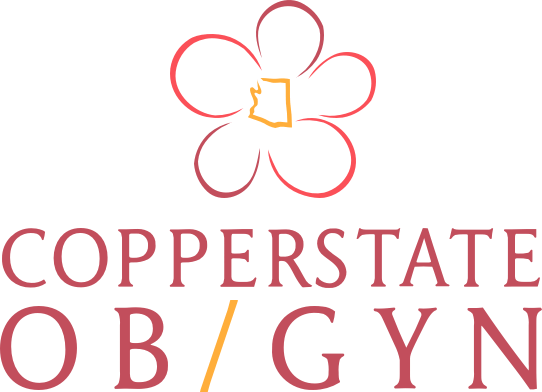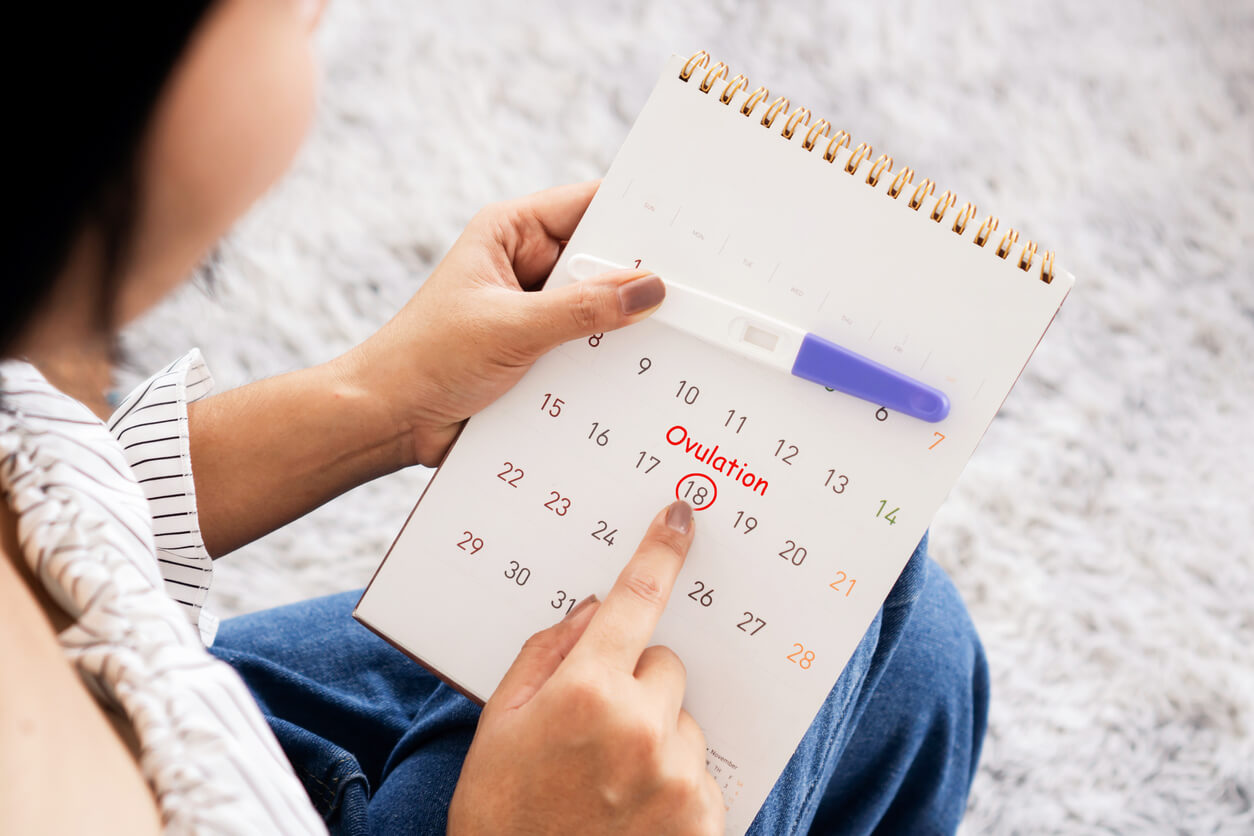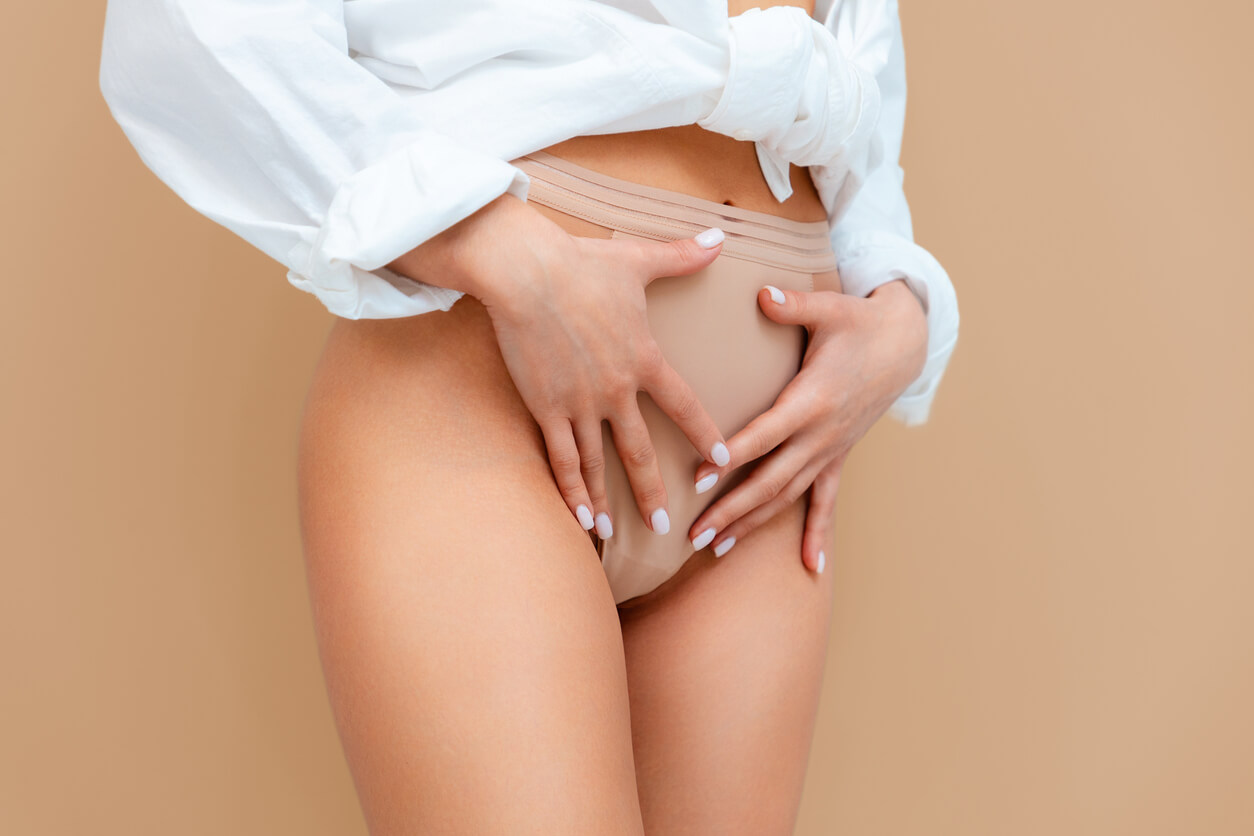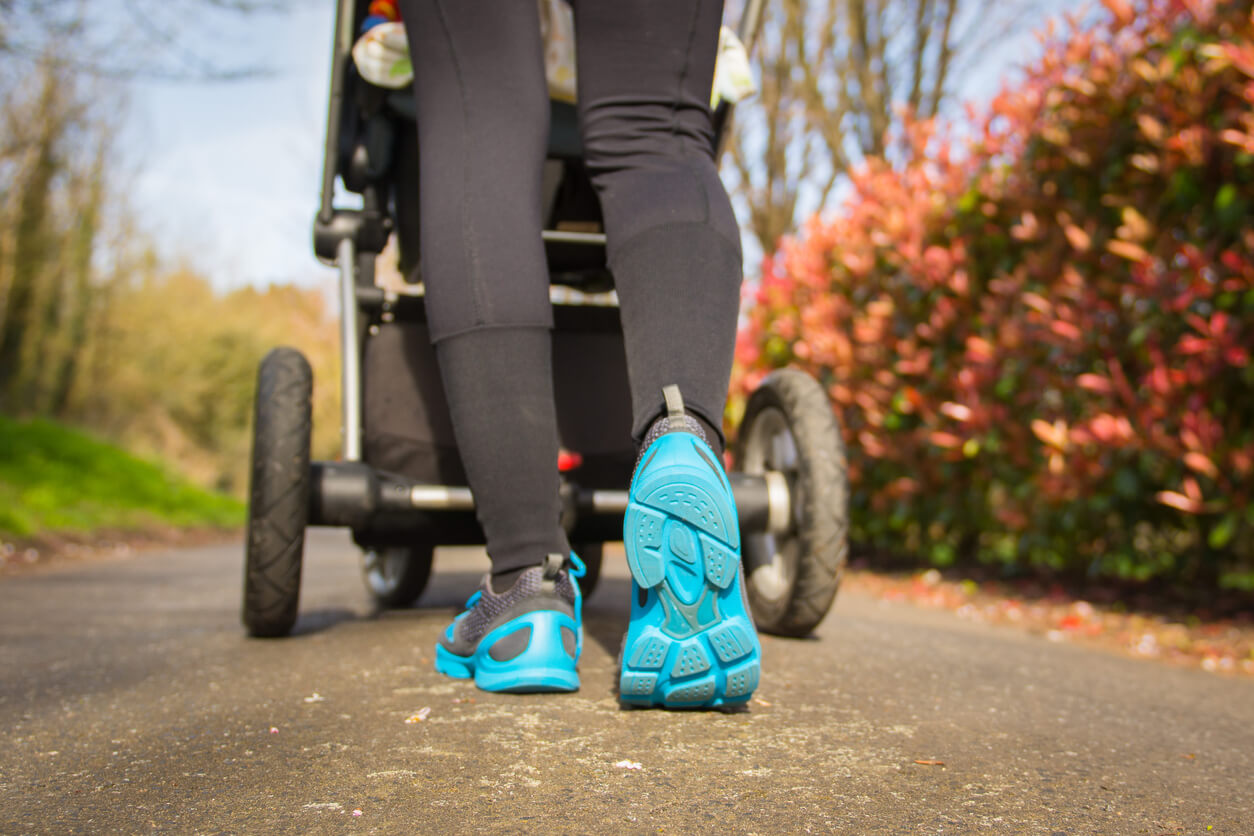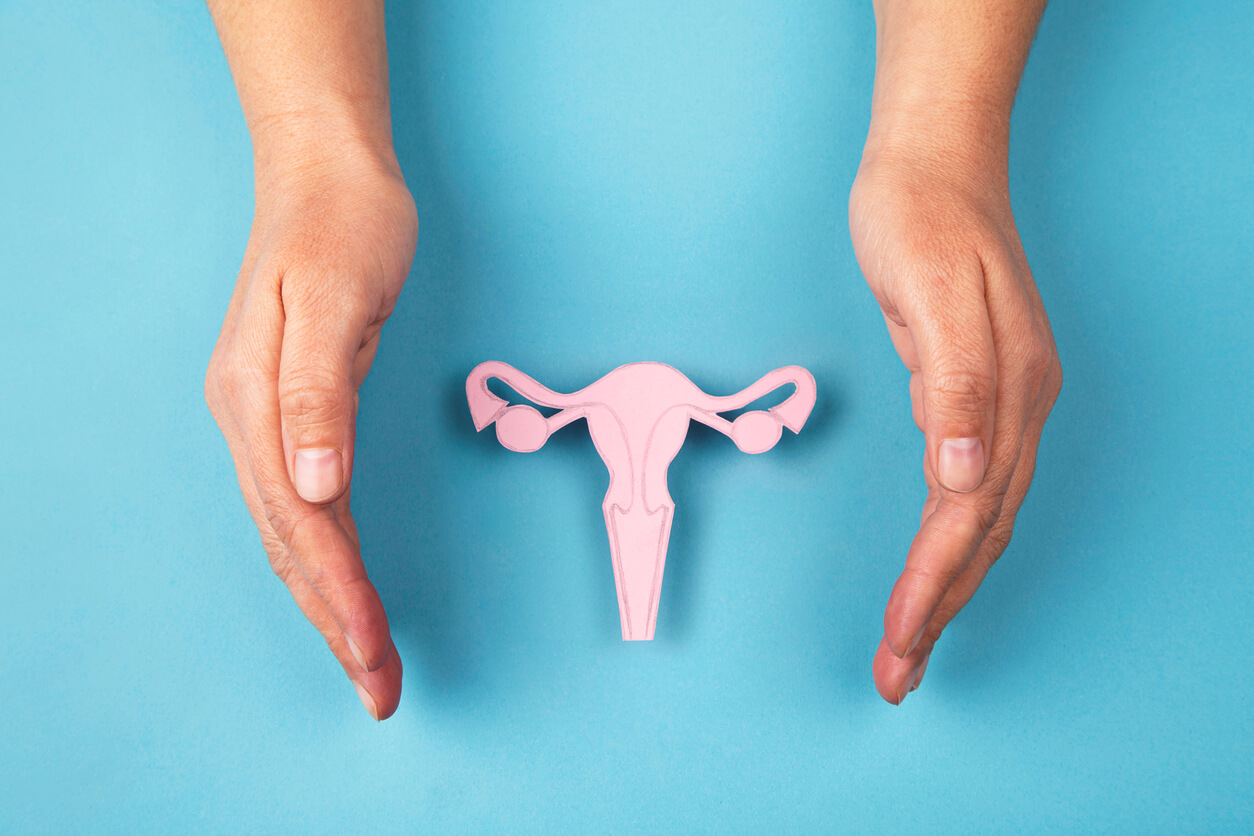Breastfeeding is good for both you and your baby. Breastfeeding helps you bond with your newborn, and can even relieve stress and reduce the risk of heart disease and diabetes.
The most important thing about breastfeeding is that breast milk contains all the nutrients your baby needs to grow. It can even potentially protect your baby from sickness. Some providers refer to breast milk as “liquid gold.” Once you start breastfeeding, you’ll understand why it’s easy to compare to gold, as it takes a lot of energy for your body to create nutrient-dense milk.
Create a breastfeeding diet to increase milk supply and eat foods that promote milk production. With the right diet, you’ll have the most nutrient-dense breast milk for your baby.
Continue reading “The Best Diet and Nutrition for Breastfeeding Mothers”
